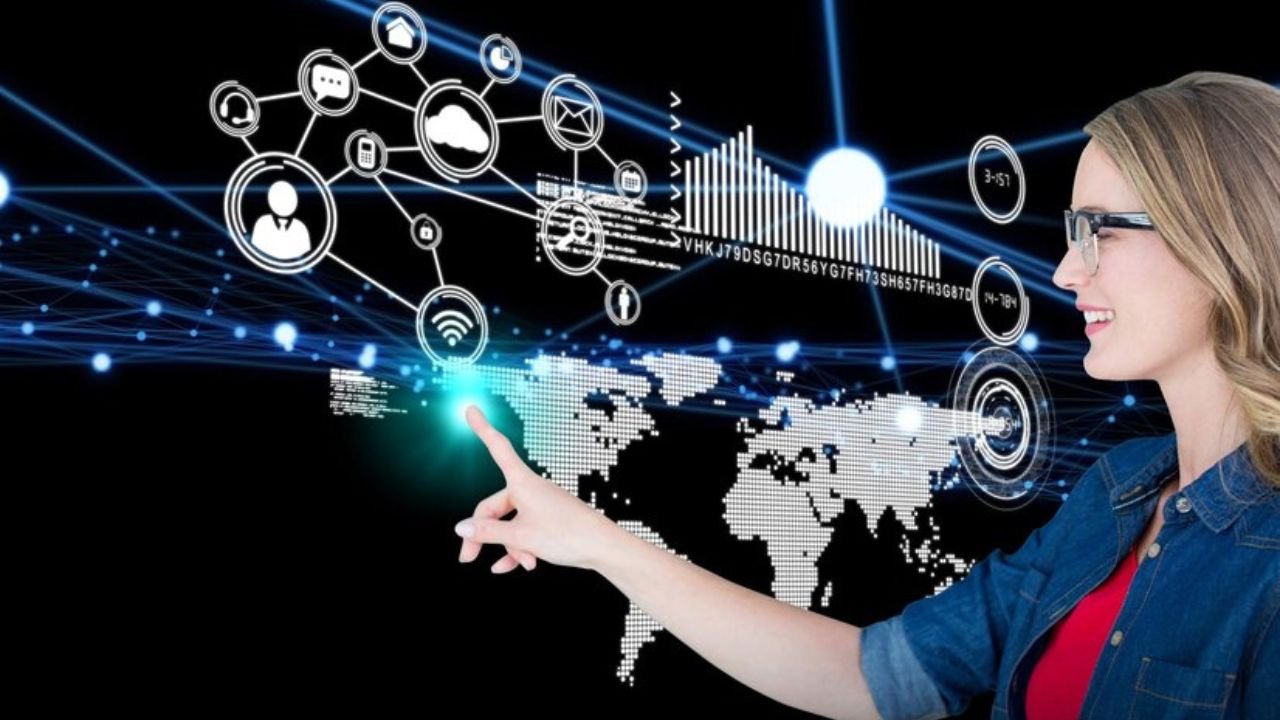
What is the Internet of Things (IoT)?The Internet of Things (IoT) refers to the network of physical objects embedded with sensors, software, and other technologies to connect and exchange data with other devices and systems over the internet.2. How does IoT work?IoT works through a combination of sensors/devices, connectivity, data processing, and user interfaces. Sensors collect data, which is sent to the cloud via various connectivity methods, processed for actionable insights, and then delivered to users through different interfaces.3. What are some examples of IoT applications?Smart Homes: Automated lighting, heating, and security systems.Healthcare: Wearable health monitors and remote patient management.Transportation: Fleet management and smart traffic control.Industrial IoT (IIoT): Automation and predictive maintenance in manufacturing.Agriculture: Precision farming with real-time monitoring of soil and crop health.4. What are the benefits of IoT?IoT offers numerous benefits, including improved efficiency, real-time monitoring, predictive maintenance, enhanced user experiences, and the ability to make data-driven decisions across various industries.5. What are the security concerns related to IoT?The primary security concerns include vulnerabilities to hacking, unauthorized access, and data breaches due to the vast number of interconnected devices and the sensitivity of the data they collect.6. How does IoT impact privacy?IoT devices collect a significant amount of personal data, raising concerns about how this data is used, stored, and protected. Ensuring user privacy involves implementing stringent data protection measures and transparent data handling practices.7. What is the role of 5G in IoT?5G enhances IoT by providing faster, more reliable connectivity with lower latency, enabling real-time data processing and communication, which is crucial for applications like autonomous vehicles and remote surgery.8. What are the challenges in implementing IoT?Key challenges include ensuring device interoperability, managing large volumes of data, securing devices and networks, addressing privacy concerns, and developing scalable infrastructure.9. How can businesses benefit from IoT?Businesses can benefit from IoT through increased operational efficiency, cost savings, enhanced customer experiences, and the ability to gain insights from data analytics to inform strategic decisions.10. What is Industrial IoT (IIoT)?Industrial IoT (IIoT) refers to the application of IoT technology in industrial sectors such as manufacturing, logistics, and energy. It focuses on improving efficiency, productivity, and safety through automation, predictive maintenance, and real-time data analysis.11. What is edge computing in the context of IoT?Edge computing refers to processing data closer to where it is generated (at the edge of the network) rather than in a centralized data center. This reduces latency and bandwidth usage, making IoT systems more efficient and responsive.12. How does IoT contribute to smart cities?IoT contributes to smart cities by enabling integrated systems for traffic management, waste management, energy distribution, and public safety, resulting in more efficient, sustainable, and livable urban environments.13. What are the future trends in IoT?Future trends in IoT include the proliferation of AI and machine learning for advanced analytics, wider adoption of 5G, increased focus on cybersecurity, and the growth of edge computing to enhance real-time data processing capabilities.14. How can individuals protect their IoT devices?Individuals can protect their IoT devices by using strong, unique passwords, keeping device firmware updated, securing their home networks, and being cautious about the data shared with and collected by IoT devices.15. What industries are most impacted by IoT?Industries significantly impacted by IoT include healthcare, manufacturing, transportation, agriculture, energy, and smart home technology, with each benefiting from improved efficiency, productivity, and data-driven insights.




